Hazardous Material Storage
Hazardous Materials Storage - Best Management Practices
All fluids (except fuels) should be drained in dismantling area;
Fuels should be drained in a well ventilated area in the event of a fire. Fuel should be removed prior to dismantling.
Fluids should be stored and handled so as to prevent leaks and spills by;
- Placing containers in an area where they cannot be damaged or vandalized;
- Using containers that have properly fitting lids;
- Containers are clearly labelled;
- Deteriorated are replaced;
- Provide covered, secondary containment around storage tanks;
- Spills around storage tanks are cleaned up;
- Containers are stored over impervious surface with no floor drains
01.
Placing
placing containers in an area where they cannot be damaged or vandalized
02.
Tight Fit Lids
using containers that have properly fitting lids;
03.
Labeling
containers are clearly labelled;
03.
Replacing
deteriorated are replaced;
01.
Covered
provide covered, secondary containment around storage tanks;
02.
Spills
spills around storage tanks are cleaned up;
03.
Propper Storage
containers are stored over impervious surface with no floor drains
Examples of Good practices
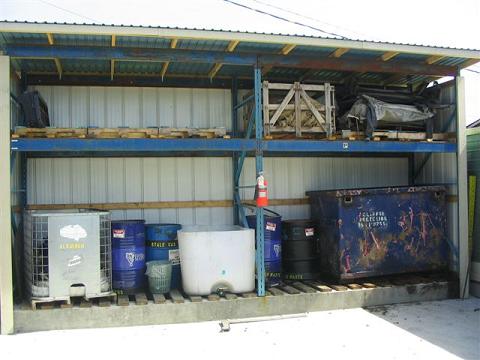
In a Shed
This shed has concrete secondary containment in the foundation. The shed provides easy access for employees and the barrells are clearly marked.

Container In Container
This large container is an interesting approach. Make sure the larger container has no leaks
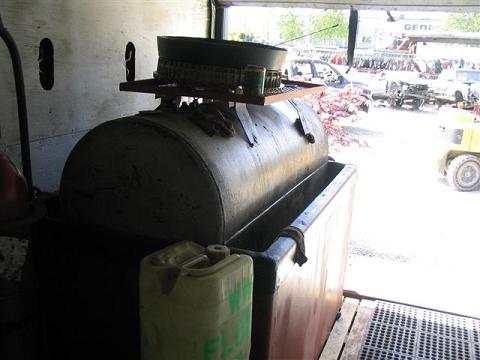

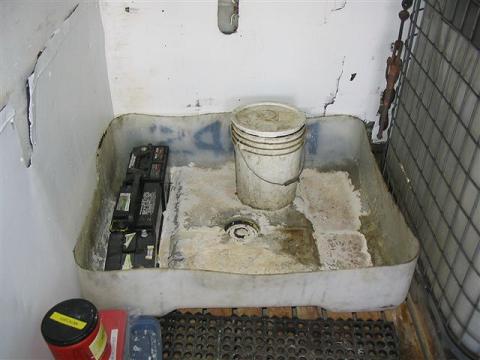
Baking Soda
This is a great way to store lead-acid batteries. The plastic container is in an old cube van. Any spilled acid will be neutralized by the baking soda in the bottom of the plastic container.

Inside Two Containers
This large container is an interesting approach. Make sure the larger container has no leaks
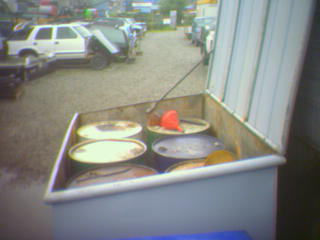

Examples of Bad Practices
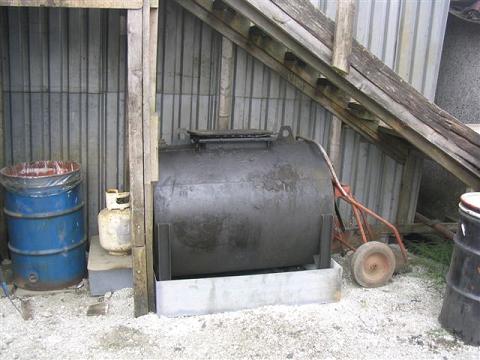
No Pad, No roof, Hidden Spills
This oil tank does not have a concrete pad, roof or secondary containment. In addition, the owner brought in clean gravel to cover up the spills that have accumulated over the years.

No Cover
These containers were simply left outside.
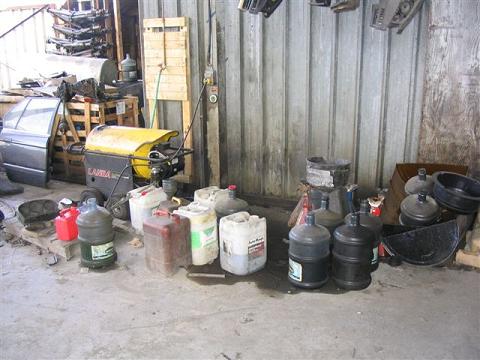

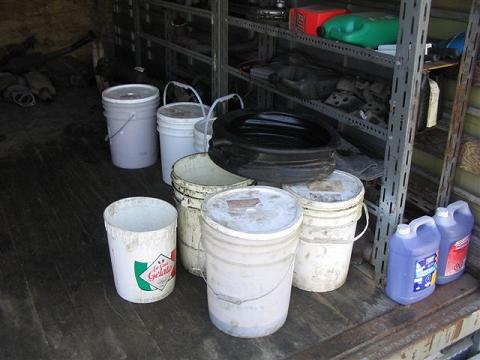
Inside a Cube Van
At least these containers are stored inside a cube van

